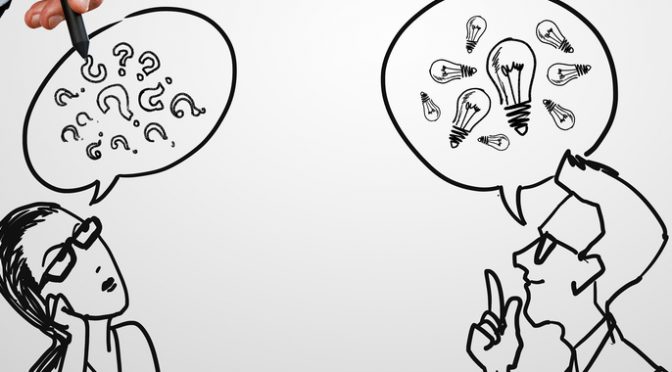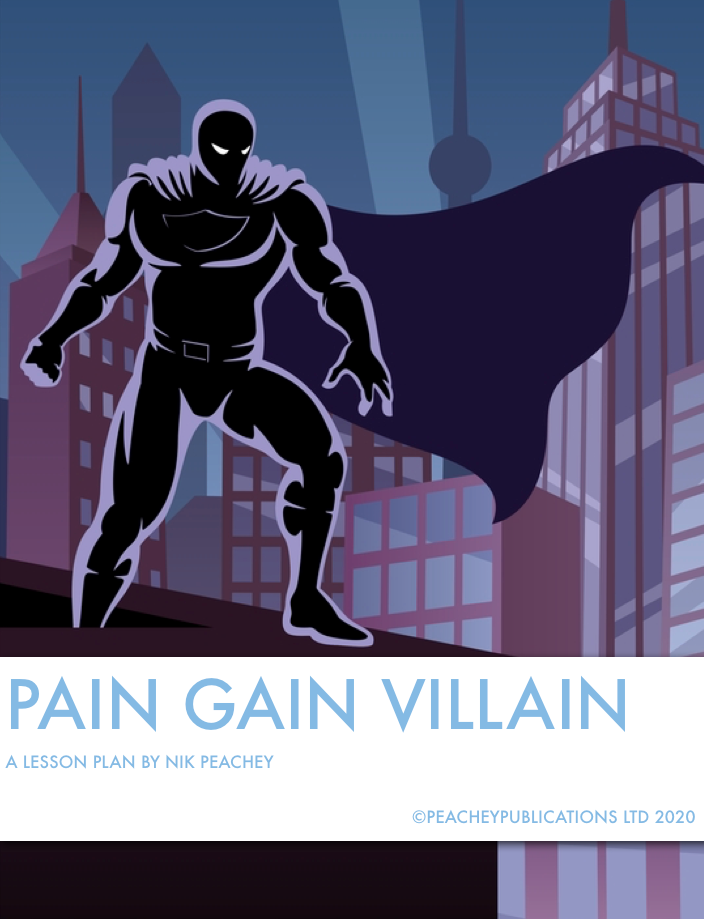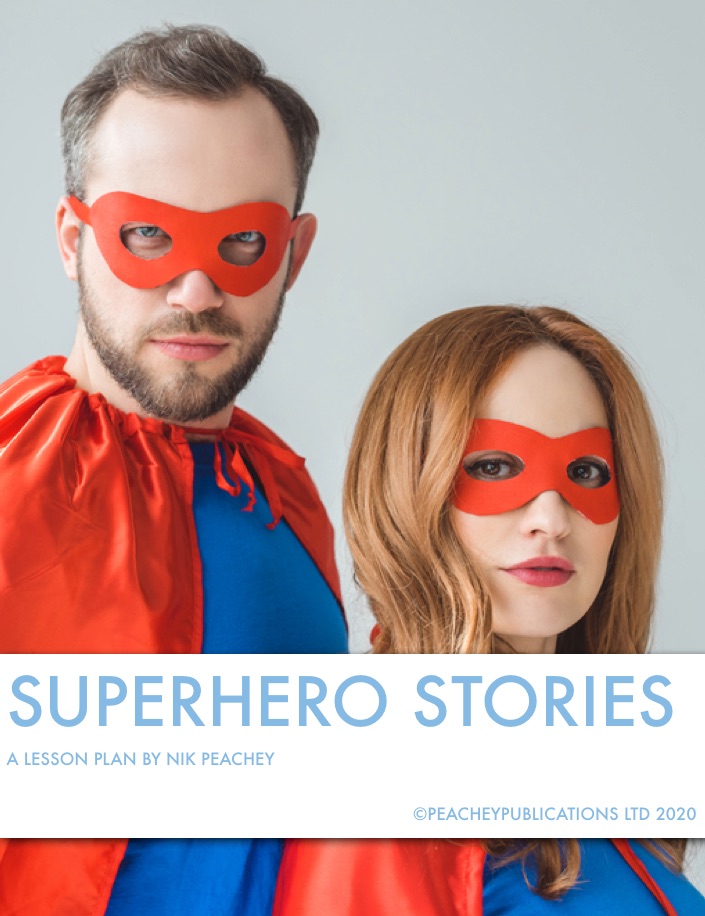I think it’s hard for anyone to deny that at present we live in polarized times with an increase in extreme views, extreme politics and extremism in religion.
So, how do we as teachers attempt to have a positive influence and help our students to navigate this situation?
One thing that we could do to help change the mindset of students without trying to influence their beliefs and to defuse tensions that may materialize within our classrooms is to stop having classroom debates and start helping students understand how to engage in dialogue.
So, what’s so bad about having debates?
- Firstly, debate is confrontational. It usually revolves around setting up opposing opinions and then pitting the students that are defending the opinions associated with these opposing views against each other.
- In debates, there are often winners and losers. This is seldom dictated by who is actually right, but rather by who is the best at debating.
- The act of debating usually involves constructing sound arguments, but also in undermining the arguments of others. This doesn’t lead to a clearer mutual understanding.
- Debates are often fast-paced and so favour people who are more aggressive competitive style. Again this doesn’t bring students any closer to understanding or to truth, but it may well help them win the debate.
- The fast pace and aggressive nature of debates tend to make them more heated and emotional. This usually results in less clarity of thought and so increased polarization.
- Through the nature of debate, lack of understanding of the views and opinions of others can be perpetuated.
So what can dialogue do to help this situation?
- Dialogue is based around working at understanding each other’s views rather than undermining them.
- Engaging in dialogue usually slows things down a lot and gives students time to think and consider. They aren’t under time pressure. There are no winners or losers, but only people who understand each other better at the end of the process.
- Slowing down the interaction and encouraging students to listen to and understand each other helps to defuse the negative emotions.
- Dialogue is a collaborative process of working together to build understanding and so brings students closer together rather than further apart.
- Dialogue is based on active listening, asking questions, helping to make sure we have a clear understanding of what the other person believes and the foundation for their beliefs. Asking these questions doesn’t just help us to understand the other person’s views, but helps them understand and articulate their views in a way that others understand.
- Dialogue encourages students to find common ground in their beliefs and opinions and helps them work together to resolve issues.
- Although dialogue may not always resolve disagreement it does help students understand that we can share our ideas and be open to the ideas of others, whether we agree with them or not and still see that we can be friends at the end of the process.

The real key to building students abilities to engage in dialogue lies in helping them to develop their active listening skills and by this I mean their ability to engage with the listener and get them to explain themselves more clearly and clarify what has and hasn’t been understood.
This is a skill that many native speakers lack and it takes comprehension beyond teaching students what words and expressions mean but is developed from an understanding that communication is a complex and often inefficient and fragile process and that if we really want to understand what people feel and believe then we need to work with them collaboratively not competitively.
Here is some useful functional language that can help students develop dialogue.
Asking for clarification:
- You mentioned … could you explain that a little more?
- I don’t quite understand what you mean by … Could you clarify that?
- Could you tell me a little more about…?
Encourage students to try to dig deeper and get more information from the person who is telling them about their opinions, beliefs or views.
Summarising:
- So if I understand you correctly, you believe that ….
- So to summarise, you feel that …
- So, as I understand it, you believe that …
- If I hear you correctly, you’re saying that…?
- So you mean that…? Is that right?
- Did I understand you when you said that…?
Encourage students to try to summaries the views of the person they are talking to, in order to check that they have understood correctly.
Agreeing to disagree:
- I understand what you’re saying, but I just don’t feel the same way.
- I respect your right to your views, but I don’t feel that I could ever share them.
- I appreciate the sincerity of your beliefs, but I don’t really share them.
Encourage students to accept that the other person has the right to hold their views and that views and opinions are not facts. We can all be mistaken.
Explaining:
- I feel that…
- I believe that…
- From my perspective…
Encourage students to explain and rationalize their views for others, but not present them as fact. Encourage them to take time and assume that the other person needs time to understand them.
I hope these tips and suggestions are useful. I’ll be following up this article soon with some practical activities to help.
You could also try these lesson plans, which help to develop empathy.



